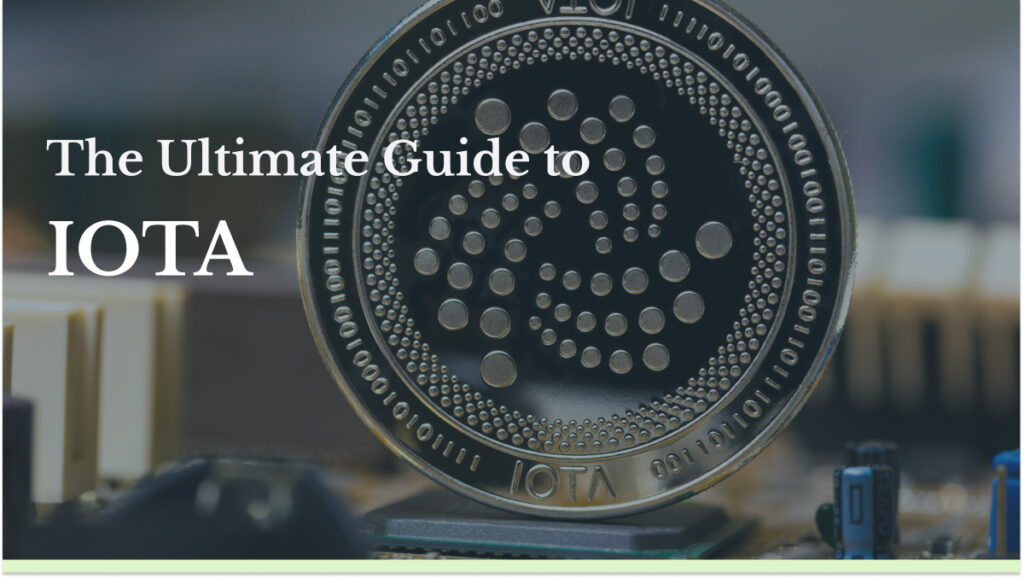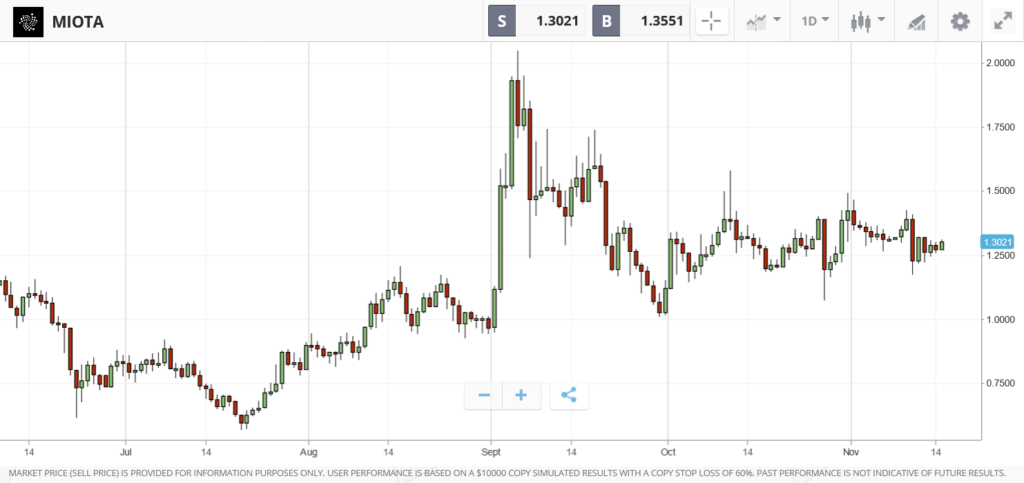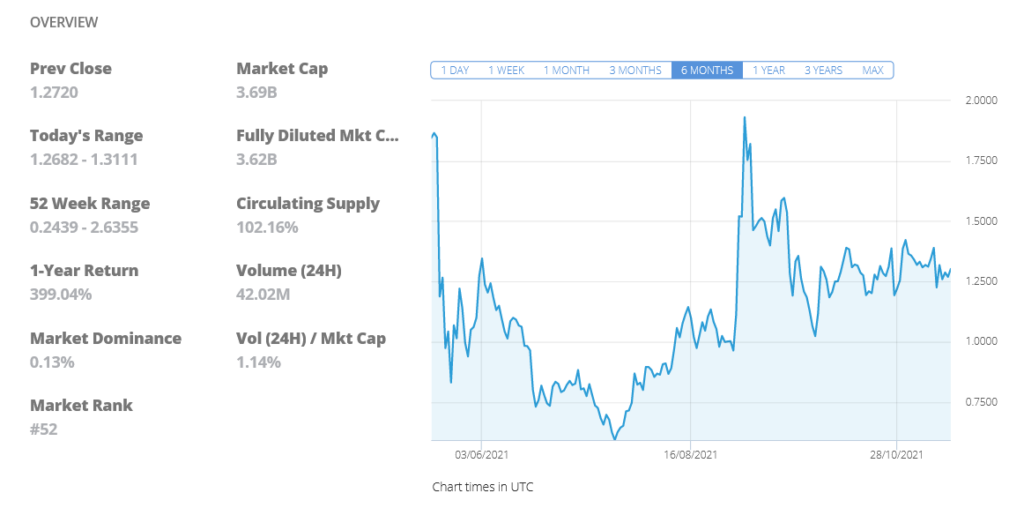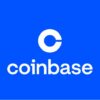The Ultimate Guide to IOTA
Digital currencies have become all the rage in the past decade. Touted as the Fourth Revolution, cryptocurrencies represent a significant shift in how we live, work, and even relate with each other.
Although not as popular as Bitcoin, IOTA has been part and parcel of the crypto revolution that we’ve witnessed over the past couple of years. So, here’s everything you need to know about IOTA and its role in the crypto world.

What is IOTA?
IOTA isn’t your typical blockchain. Instead, it’s a scalable open-source distributed ledger with tokens (crypto-cash) used for value transfers. IOTA’s function is enabling seamless data and value transfer between machines and humans as a communication protocol. IOTA is the brainchild of a Berlin-based non-profit, the IOTA Foundation.
The IOTA project aims to be a core component of the next-gen digital revolution, the Internet of Everything. That’s IOTA’s own description of their upgraded Internet of Things (IoT) network. With feeless transactions, low resource demand, and tamper-proof data, IOTA’s is built to power the IoT without requiring significant infrastructure investment.
The IOTA Foundation’s goal is to ensure that its product plays a central role in the next stage of the crypto revolution. As more and more people become aware of the power of decentralised finance, blockchain, and crypto currencies in a new digital economy, IOT hopes to be the communication protocol and platform that powers that economy.
How IOTA Works
Cryptocurrencies are almost universally blockchain-based. In that model, a distributed ledger can be ready by anyone; once transactions are validated, they become part of a block in the ledger. Successive blocks form a chain – hence the blockchain. Blockchains can be structured in different ways, but the basic layout is the same.
IOTA changes that up. It proposes a separate data structure dubbed Tangle. In Tangle, sending one transaction verifies two others. There’s no need for blocks, and the ledger remains distributed. This should allow IOTA to conquer Bitcoin and Ethereum scalability issues.
Tangle will also overcome the topographical challenges and the typical limitations linked to using “traditional” blockchain. Just like XRP, the IOTA tokens are pre-mined. Also, its transactions get validated using Tangle, which is a Decentralized Acyclic Graph (DAG).
Other crypto projects use DAGs, but they differ from IOTA in their structure. IOTA employs a parallel structure, allowing simultaneous transaction processing. There’s no requirement for a sequential order whereby unconfirmed transactions are managed and stored in a queue.
The IOTA system design also enables Tangle to receive more nodes as the network grows. The network will only get more secure and efficient with time. Overall, IOTA promises a more efficient, cheaper, and less power-hungry system with better scalability than other blockchains.
IOTA’S EDGE: The Tangle network
Tangle is IOTA’s revolutionary new network design. With Tangle, users can achieve any number of goals. These include:
- Secure data transfer
- Micro-transactions
- Secure voting
- Private messaging
All of those are possible because Tangle isn’t a blockchain in the traditional sense. Or rather, it is a blockchain, but without discrete blocks. Info isn’t arranged in a chain, but rather a number of parallel and interconnected networks.
The Blockchain Bottleneck
IOTA uses Tangle to avoid the infamous blockchain bottleneck. Because of the traditional blockchain structure, new information – i.e., new transactions – can only be added at the end of the chain. That’s not a problem for new and less-popular blockchains, but as different protocols grow in popularity, more and more transactions start to pile up. Blocks allow many of those transactions to be processed together, but there’s always the problem that only one block can be added at any time.
Add in the competition between miners to create those blocks, and the bottleneck starts to become a real problem.
Tangle solves the problem by widening the opening, allowing transactions to be entered into the ledger through multiple nodes. The nodes communicate with each other to ensure consensus, and spam messages are prevented by the use of a Coordinator. The Coordinator sends regular, authorized messages into the network. The nodes use these messages as waypoints to keep the network secure and stable.

Messages in the Bottle
Widening the bottleneck solves one issue, but Tangle’s real advantage lies in the messages themselves. Any addition to the network classifies as a message, but these aren’t necessarily messages in the traditional sense of a string of words. Messages can take the form of value transactions, simple data points, and almost anything else.
Crucially, messages contain payloads and references. Payloads are layers of meaning within each message. They could be new functionalities for the network or contain core info for the Tangle network broadly. Payloads are unpacked and read layer-by-layer to ensure the correct syntax is followed.
Messages use references to keep nodes connected. Every message references between 2-8 other messages, keeping the network interlinked and sharing information.
The Consensus Mechanism in IOTA
In traditional blockchains, network participants involve users, miners, and nodes. Often, miners consume vast amounts of computing power to fulfill the proof of work (PoW) requirement needed to verify transactions and add new blocks to the chain. Mining is encouraged by the rewards generated when a new block is formed. And the rewards, in turn, are generated from user fees – often known as gas fees.
In IOTA, there isn’t any difference between users and miners. All nodes are allowed to participate in the consensus and add new blocks to the chain – IOTA’s solution to the blockchain bottleneck. That also reduces the incentive for miners. There’s no race to win the rights to the next block, because multiple nodes can add new blocks at any time.
Thus, an IOTA node has a different role from that of a Bitcoin or Ethereum miner. This includes storing the ledger and validating transactions. Users can set up nodes at a nominal fee and participate in network consensus actively. This goes a long way in enhancing network security.
How Does the Consensus Mechanism Work?
Network consensus is all about keeping the public ledger from disagreeing with itself. The consensus mechanism in IOTA works on the same principles, by using a Network Coordinator. The Coordinator regularly attaches signpost nodes to the network. Nodes only trust transactions that have been approved and referenced by those milestones, thereby guaranteeing the security of the network.
How is IOTA Different?
Bitcoin receives credit for introducing two crucial concepts to the crypto world; the blockchain and decentralized digital currencies. IOTA dispenses with a traditional blockchain, seeking instead to build a crypto-based network designed for the ever-growing network of Internet-connected machines and smart devices. Rather than focusing on peer-to-peer transactions, the IOTA network’s design primarily caters to transactions that happen at a machine-to-machine level.
IOTA As a Cryptocurrency
The IOTA token doesn’t function as a governance token. There’s no IOTA mining; all tokens were created at once.
To make IOTA even more unusual, IOTA tokens are never detached from the IOTA network. That is, IOTA tokens only exist inside Tangle. The IOTA network crypto wallet works a bit differently from other wallets; tokens are never stored on the wallet itself, but only in Tangle. The wallet acts as a guide, identifying where the user’s IOTA tokens are on the Tangle.
IOTA can be traded, bought, and sold like other cryptocurrencies, but the IOTA framework is fundamentally different from other crypto structures.
Can Crypto Enthusiasts Make Money From IOTA?
With its recent Chrysalis Phase Two launch, IOTA’s network has developed enough to support enterprise-level solutions and larger transactions. The larger and more well-developed the network gets, the broader its potential application.
With IOTA, there’s no mining; aside from the practical day-to-day applications of the network, IOTA investors will make money from the token’s appreciation over time. As the number of patents that leverage IOTA’s underlying tech grows, the number of external partners will follow suit. As a result, the demand for iota crypto will also increase.
One early positive sign? IOTA is in the top 50 tokens by market cap.
IOTA Wallets
An IOTA wallet is a software program, service, or physical device designed to help you store your coins. It stores both your private and public crypto keys, besides interacting with the Tangle platform. The public key is the IOTA wallet address anyone uses to send coins. The private key allows you to access your account and make payments and withdrawals from your IOTA wallet.
Types of IOTA Wallets
You’ll need a wallet to invest in IOTA. There’s a wide range of wallets you can choose from, each with different pros and cons.
Software Wallets
Software wallets download to your computer or in some cases to your mobile device. Private keys can be safely stored, and the wallet can be linked to different crypto exchanges or networks. Not every wallet is compatible with every token or exchange.
Software wallets are also as secure as the computer they’re installed on. If your OS isn’t secure, your software wallet could be vulnerable. Despite those concerns, software wallets are the most commonly used crypto wallets.
You can help improve your software wallet security by ensuring that you always have the most updated version of your software wallet. Most software wallets need to get updated manually.
Firefly Wallet
The IOTA Foundation has developed their own proprietary software wallet, the Firefly wallet. Available as a desktop app, the Firefly wallet serves as an entry point for the broader IOTA ecosystem. It also conforms to the highest standards possible for software wallets.
Hardware Wallets
For those who are concerned about the safety of their IOTA tokens, hardware wallets take security one step further. These are physical devices that you use to store your digital assets. With a hardware wallet, your private key will also be offline and completely safe. The downside of using hardware wallets is that you need to purchase expensive physical devices.
IOTA Fields of Application
Thanks to tech advances, nearly every industry is now digitized and linked to the Internet of Things and taking advantage of it. According to the IOTA Foundation, the IOTA coin and the underlying ledger technology applies to all industries and organizations. IOTA provides scalable solutions for a wide range of use cases and applications.
As a protocol, IOTA ensures transparency and security. The design helps companies innovate efforts by enabling them to explore new use cases and business areas that were previously inaccessible because they were too expensive, inaccessible, or centralized.

Benefits and Drawbacks of the IOTA Protocol
As is the case with traditional blockchain and cryptocurrencies, the IOTA protocol and coin have their benefits and drawbacks. Here’s a look at them:
Benefits of IOTA
Complete Decentralization
Like most blockchains, IOTA is decentralized. There’s no gatekeeper for network access. Anyone can set up a node, and the more nodes, the more distributed the network becomes.
Permissionless Network Access
Anyone can join the IOTA network at any time to add or validate transactions. Anyone can set up a node – the only requirement is some technical skill.
Partition Tolerance
With IOTA, production-ready tangles are partition-tolerant. As a result, part of such tangles can disconnect easily from the primary Tangle for a while and keep running without an Internet connection.
Quick Decision-Making
The voting process on IOTA is fast, allowing the community to make and complete decisions regarding transactions quickly without requiring a lengthy approval process.
Scalability
On the IOTA network, there are no protocol-linked bottlenecks that could increase transaction processing times. Hence, you’re guaranteed unmatched scalability, which comes in handy for handling small but frequent transactions.
Uniqueness
IOTA is unique because it builds on long-established blockchain technology to offer something new in the crypto community. Although it’s still growing, IOTA promises to be a strong network that traders and investors can fully trust.
Drawbacks of IOTA
IOTA offers a scalable network for IoT applications. It doesn’t tackle DeFi or Dapps. You won’t currently find smart contracts or yield farming on IOTA; it’s a blockchain with an unusual – but well-developed – application.
What Does the Future Hold for IOTA?
Since its launch, the IOTA project has gained quite a following for its unique approach to the next evolution of blockchain. Here’s the expected roadmap for the IOTA network:
Protocol Upgrades
IOTA 1.0 debuted in 2017. Over the years, the mainet has updated several times to prepare for the uptake of IoT. The first upgrade was IOTA 1.5, released to improve the network’s usability. The IOTA Foundation is currently focusing on IOTA 2.0, and a mainet launch date has no announcement yet.
Smart Contracts
The IOTA Foundation plans to implement smart contracts capability on the network. This will pave the way for the development of decentralized applications. Dubbed the IOTA Smart Contract Protocol, it will include support for the Solidity programming language and the Ethereum Virtual Machine.
Applications
Besides the infrastructure upgrades that IOTA is undertaking, there has also been a focus on associated applications to help new users join the IOTA ecosystem. For instance, Firefly, a secure and safe point of entry for network users, will be released in the coming months. Likewise, Bee, a node software for helping users connect to IOTA, is currently under development.
Conclusion
IOTA represents a creative attempt to find the next iteration of the blockchain. By removing fees for transactions, addressing the blockchain bottleneck, and making it easy to create nodes on the network, IOTA is building a scalable network for the future of blockchain.







